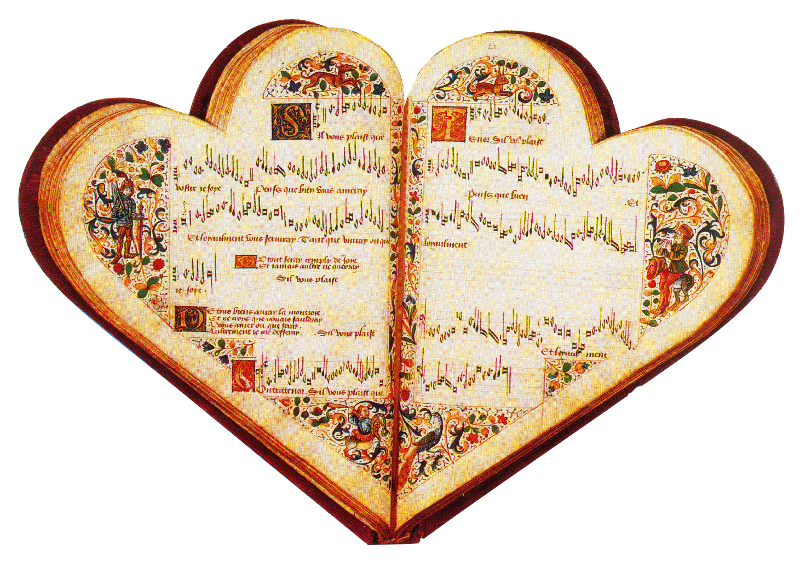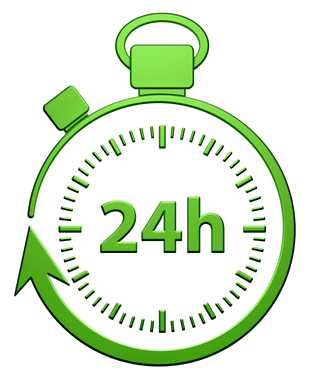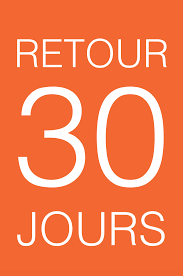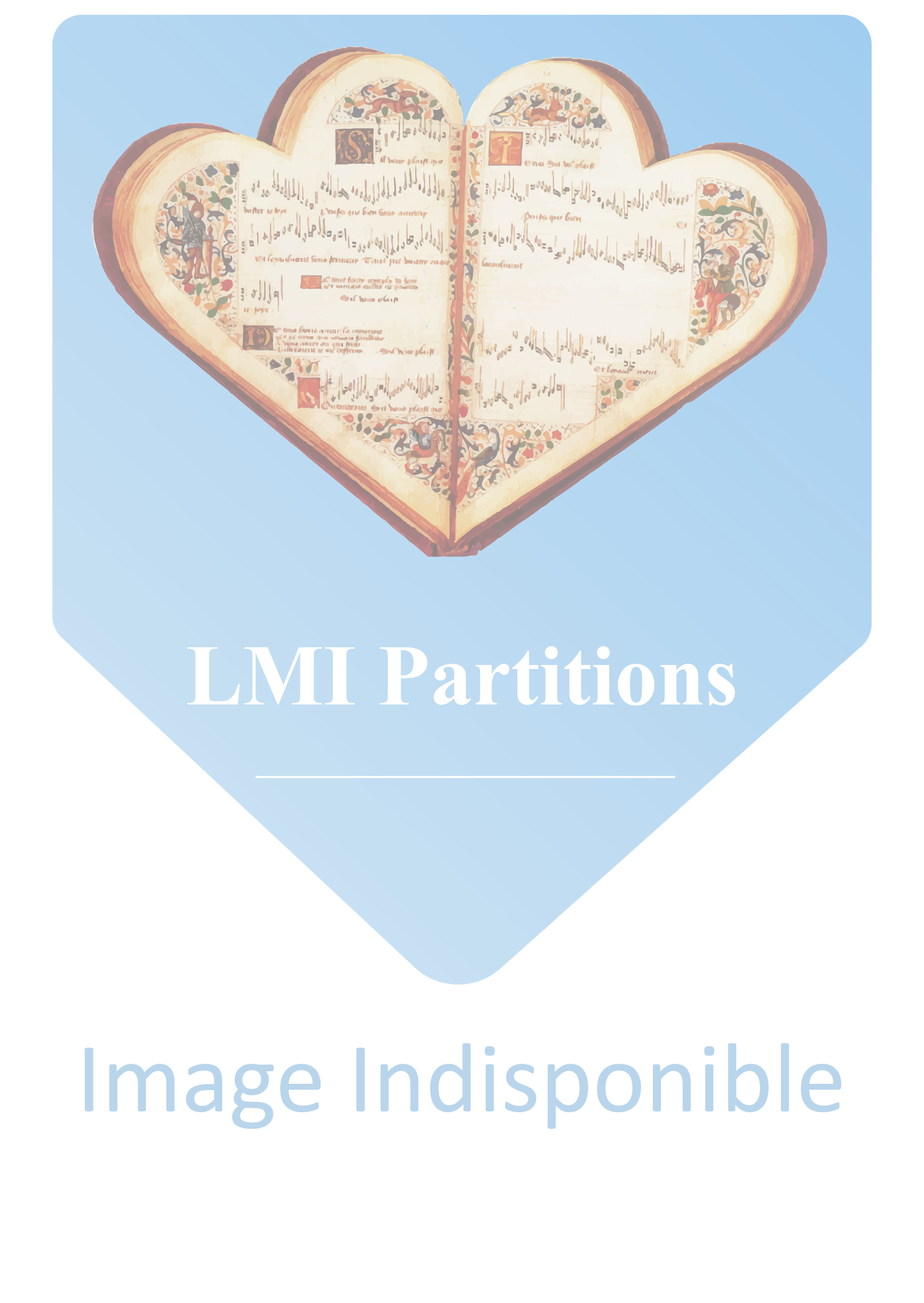Exploring Folk Fiddle
Variété internationale et musique du monde
Contenu
Introduction
Tune Types
More Tune Types and Structures
Ornamentation
Bowing
Modes and Scales
East European, Klezmer and Untempered Scales
Tunings
What's Missing? Variation, Improvisation and Composition
The Joy Of Sets
Playing For Dancing
Odds And Ends
Description :
This in-depth tutor book, from renowned fiddle player and teacher Chris Haigh, is perfect for classical violinists and fiddle players looking to master the art.
Covering all aspects of folk violin technique from ornamentation to modes and scales, and from scordatura to improvisation and composition.
The book is centred around Irish traditional music, but also dips into English, Scottish, Scandinavian, East European, Klezmer, Cajun and American Old-Time traditions.
Accompanied by audio recordings (to download) of all pieces performed by Chris Haigh with a live backing band.
Folk fiddle and classical violin are as different as chalk and cheese. At first glance, folk might seem so simple it's hardly worth bothering with. The tunes are often no more than 32 bars long, they stay in first position, and they don't even have a composer. However, it's what's NOT written on the page that makes folk fiddle so interesting and challenging.
This book attempts to explore, from general observation down to the finest detail, what the fiddler needs to know to bring these tunes alive. We need to understand their history and context, their purpose, their structure and pulse. And we need to be able to add all the stylistic elements that come not from reading the music, but from years of immersion in folk music, both listening and playing.
Key areas covered include:
Tune types and structures
Ornamentation
Bowing
Modes and scales
Scordatura
Starts, endings and links
Variation, improvisation and composition Playing tunes in "sets”
Regional and individual style
Playing in sessions, for contests, and for dancing



 Gagnez un bon d'achat dès 50€
Gagnez un bon d'achat dès 50€
 30 jours pour changer d'avis
30 jours pour changer d'avis






